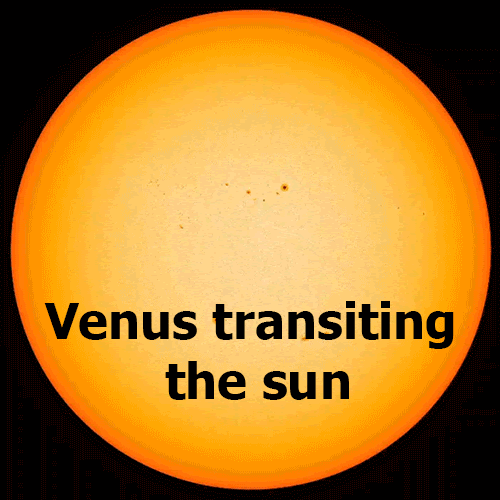Task 1: Determining the Distance of Venus from the Sun

Why are we starting with Venus?
Studying our own Solar System helps scientists figure out how best to study planets outside of the Solar System. Think of Johannes Kepler. He used data from planets that he could observe directly to formulate general laws that describe the motion of all planets, including some that hadn’t even been discovered at the time of his original observations! Observing the transit of Venus allowed scientists to practice studying transits.

Hover your cursor over this image to reveal a hint.

Modern scientists study the motion of planets in our Solar System to figure out ways to find and study planets around other stars. In the same way, you will first find the distance of Venus from the Sun using a light curve.


Look confusing? Don’t worry, you don’t have to do this math by hand! Input your numbers into the google sheet as directed below and the equations will be automatically calculated for you.

The google sheet support


Now, we are ready to calculate the distance of Venus from the Sun. Write the mass of the star in cell B6 of the Google Sheet. The distance of Venus from the Sun (a) will be automatically calculated in units of AU in cell B7of the Google Sheet.
What are au?




